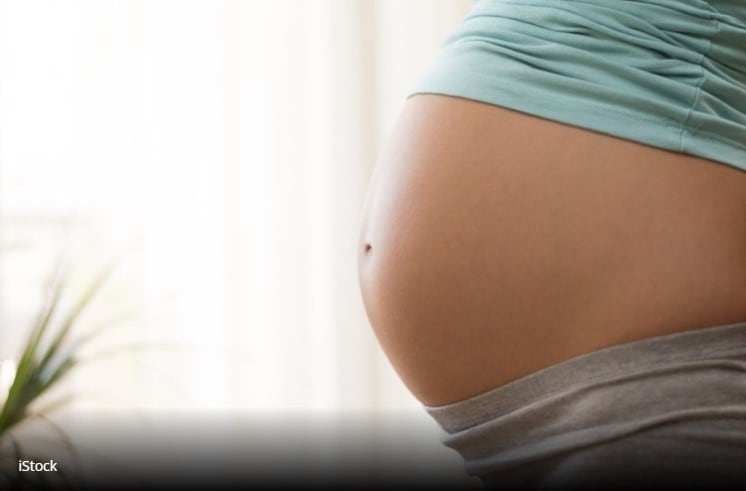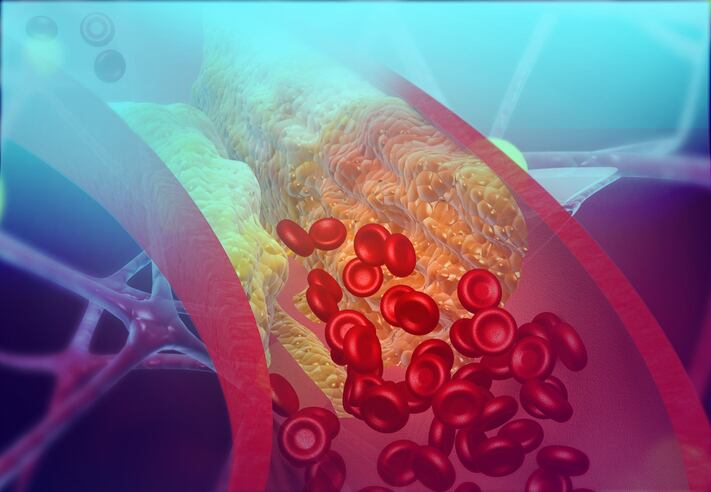The team from the country’s Institute of Marine Research also found 13% of mothers were also considered vitamin D deficient, raising possibilities that a personalised supplementation plan could be employed to address the issue.
“We also saw that the levels of vitamin D went up from three months to six months,” explains researcher Jennifer Gjerde, senior engineer at the Institute and study team member.
“But then there are already three months of development in the child where the levels have been too low,” she adds.
The findings are of concern particularly for pregnant women, who together with their offspring may face delays to infant growth and skeletal development, impaired bone building and a weakened immune system as a result of the deficiency.
Research has established a link to the vitamin D concentrations of maternal and infant cord blood strongly suggesting that mothers with sufficient vitamin D during pregnancy can provide enough of the vitamin to the foetus as it crosses the placenta.
Like most Scandinavian countries and those in the Northern hemisphere, its inhabitants are vulnerable to low vitamin D levels due to a lack of sunlight exposure especially during the winter months.
Lower maternal vitamin D levels in Norwegian mothers (Less than 30 nanomols per litre (nmol/L) have been linked to lower offspring peak bone mass leading to personalised vitamin D supplementation as a preventative measure during pregnancy and lactation.
Norwegian Directorate of Health rules
“It shows the importance of the mother having enough vitamin D at birth and during breastfeeding,” adds Gjerde.
“It may therefore be necessary with a recommendation from the Norwegian Directorate of Health for a supplement of vitamin D during pregnancy to ensure that mother and infant have enough vitamin D after birth.”
Along with colleagues from the institute, Gjerde began enrolling 137 pregnant women in a two-armed randomised controlled intervention trial.
Blood samples were obtained from mother-infant pairs at three and six months postpartum and sample of breastmilk were also collected at six weeks and three months postpartum at the beginning, middle, and end of a chosen feed.
These samples were then analysed to determine the vitamin D metabolites status in mother-infant pairs.
Findings revealed that 63% of maternal vitamin D plasma levels were less than recommended levels at three months with breastmilk levels of vitamin D dropping from 60.1 nmol/L to 50.0 nmol/L between six weeks and three months.
Further results revealed 31% of the infants classed as vitamin D deficient (less than 50 nmol/L).
Regarding the mothers, the study revealed that three months after birth, 13% of the mothers had too little vitamin D, while 50% had a level that was considered insufficient. The remainder of the population (37%) had enough vitamin D.
“Vitamin D is the only dietary supplement infants should have, and this is communicated and followed up by the health stations,” says fellow researcher Maria Wik Markhus.
“Therefore, it is a bit surprising that such a large proportion of children have a deficiency of vitamin D, says researcher.”
Sensitive analysis
In discussing the results, the team pointed out that the analytical methods employed were able to distinguish between vitamin D (25(OH)D3) and another form - 3-Epi25(OH)D3.
This form is found mainly in children under one year, but it is not as active in the body. The team added that if 3-Epi25(OH)D3 was not distinguished from 25(OH)D3, only 25% of the infants would’ve been categorised as vitamin D deficient instead of 31%.
“We could excrete the form of vitamin D that is not as active in the body, and then we get a more accurate measurement of vitamin D status, and avoid overestimating vitamin D levels,” adds Gjerde.
The team also highlighted the recommendations given by the World Health Organization (WHO), which advise exclusive breastfeeding for 6 months. However, as studies have shown this may result in vitamin D deficiency among infants.
“Although breastmilk is rich in essential nutrients for the earliest life stage, it contains about three-times-less vitamin D than the maternal circulating concentration,” the team writes.
“…Breastmilk is inadequate as a lone source of vitamin D, and supplementation of 10 micrograms (µg) per day is recommended.”
Source: Nutrients
Published online: doi.org/10.3390/nu12082271
“Validation and Determination of 25(OH) Vitamin D and 3-Epi25(OH)D3 in Breastmilk and Maternal- and Infant Plasma during Breastfeeding.”
Authors: Jennifer Gjerde et al.




